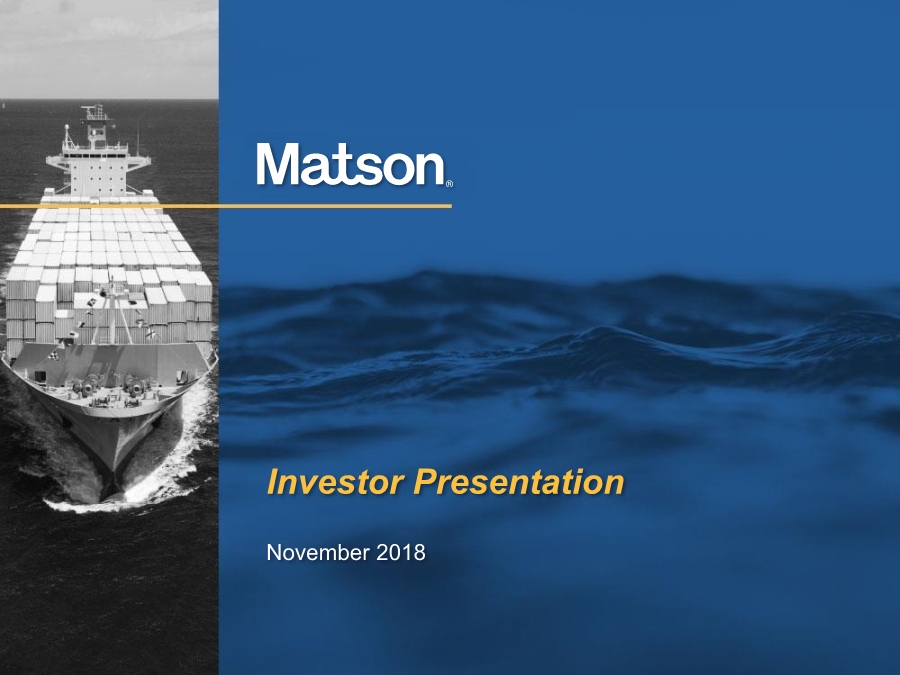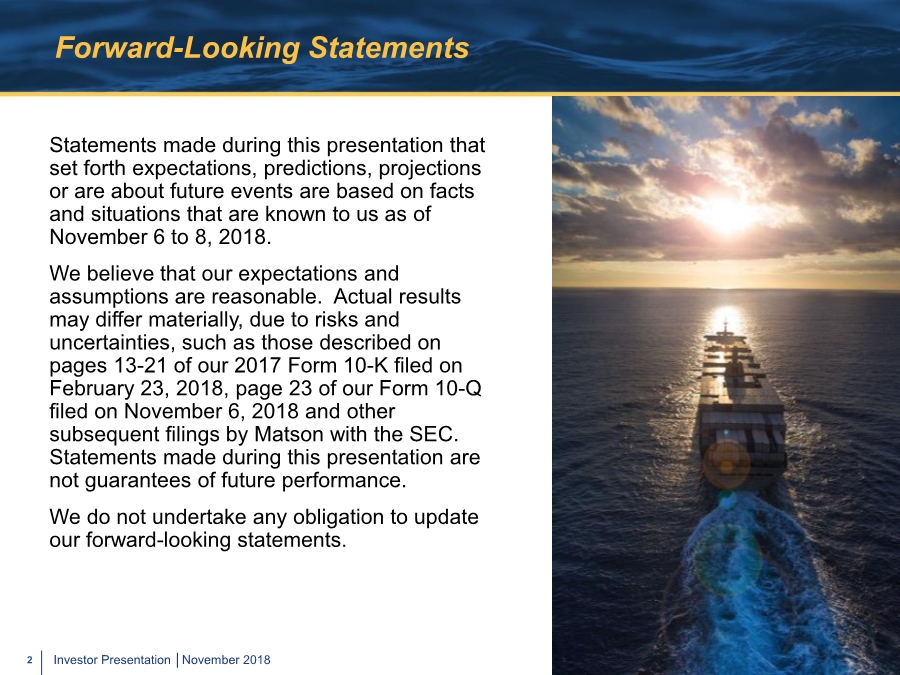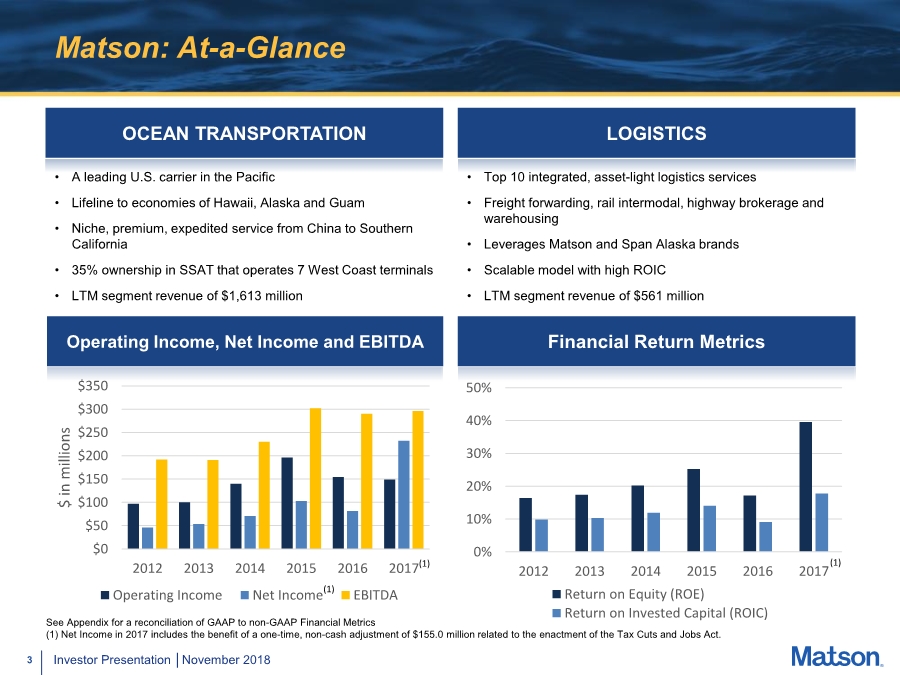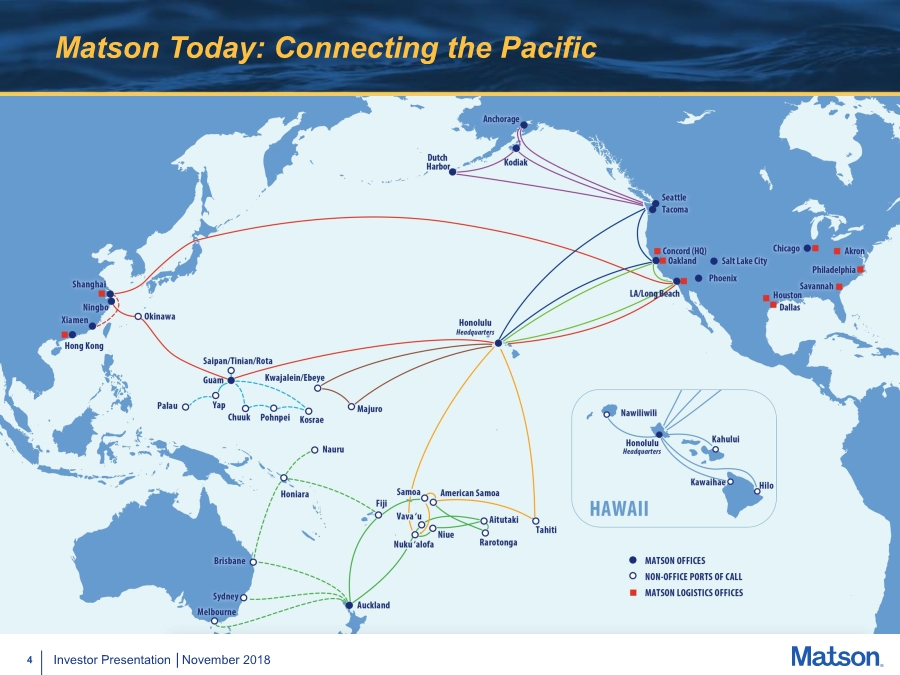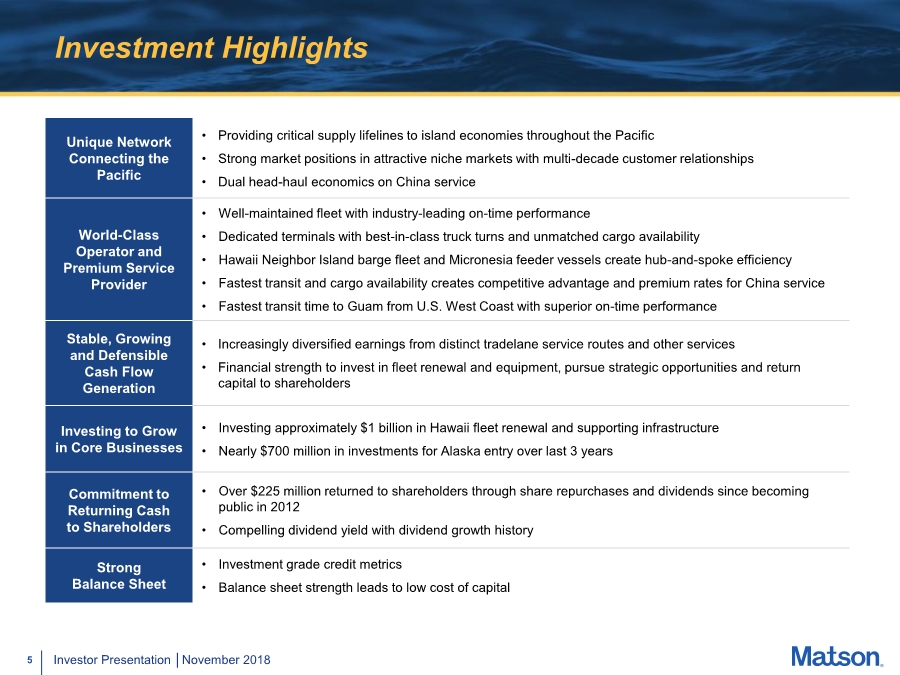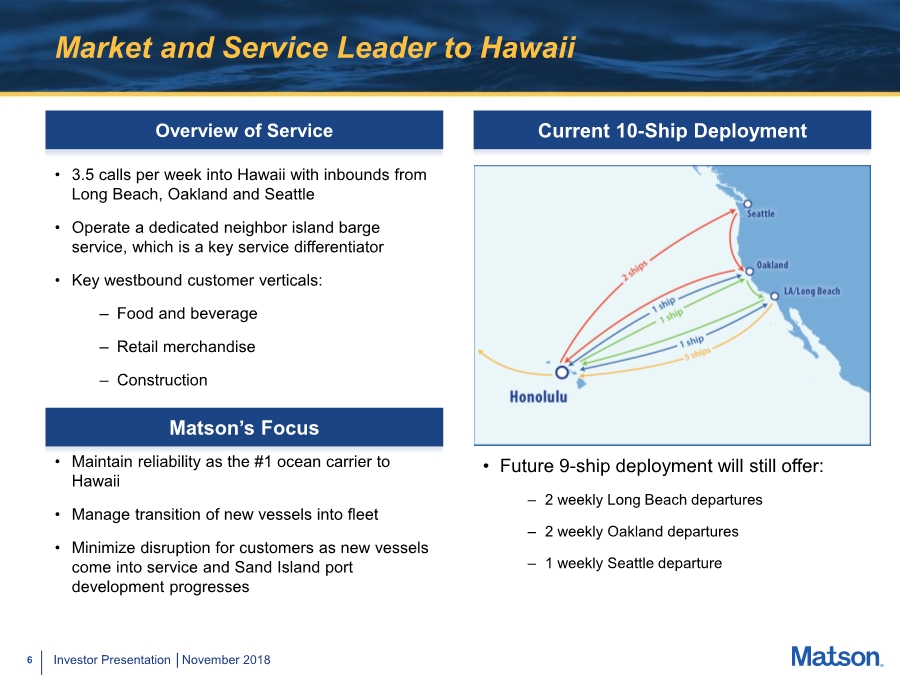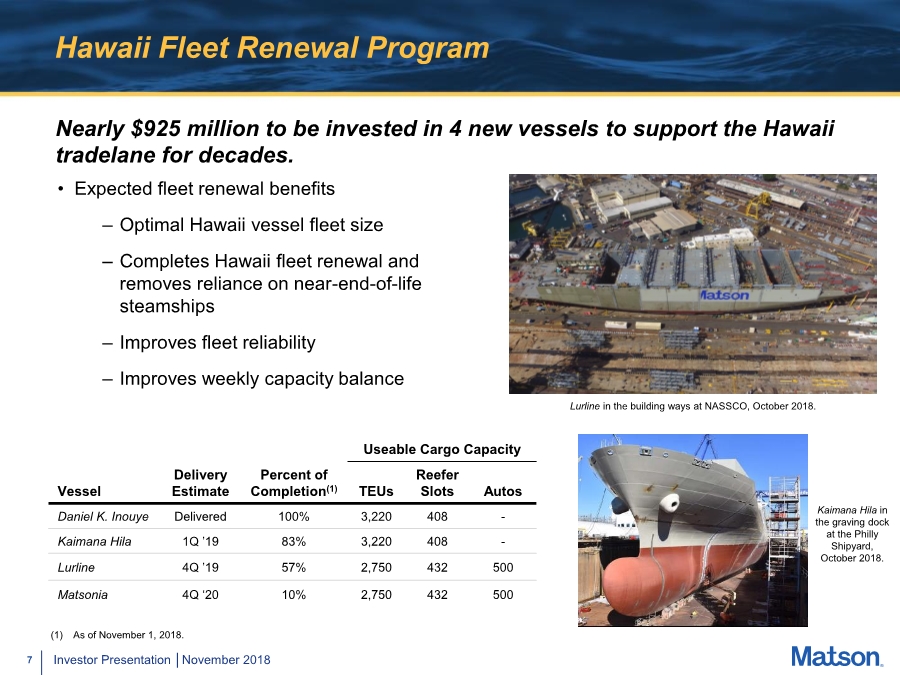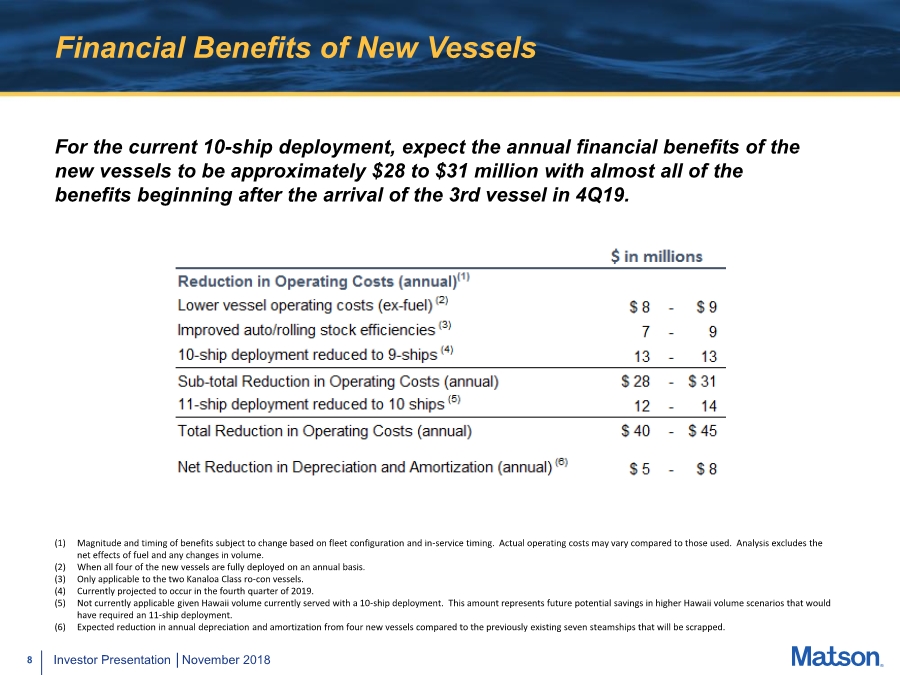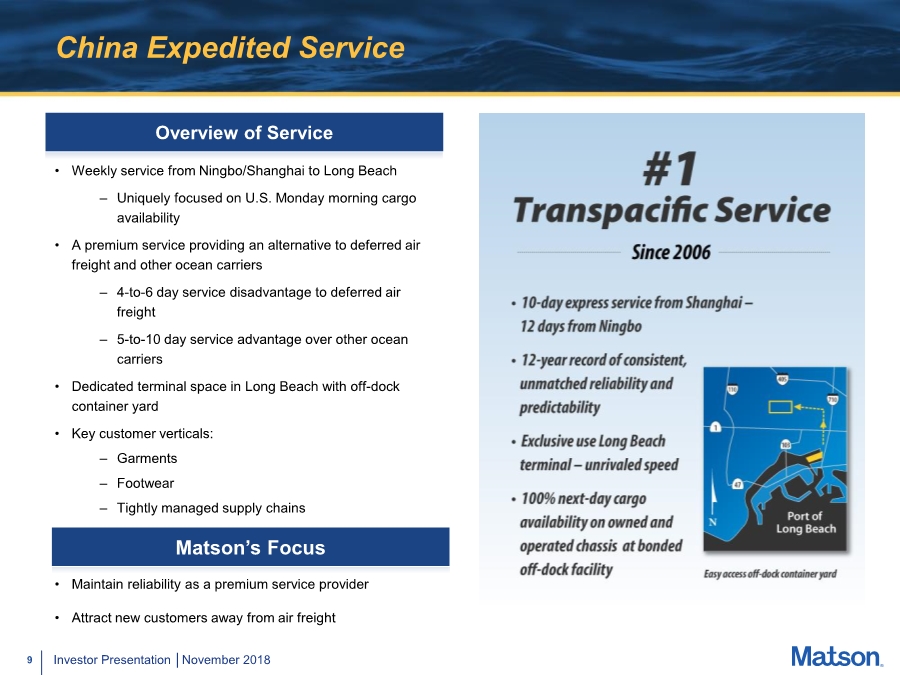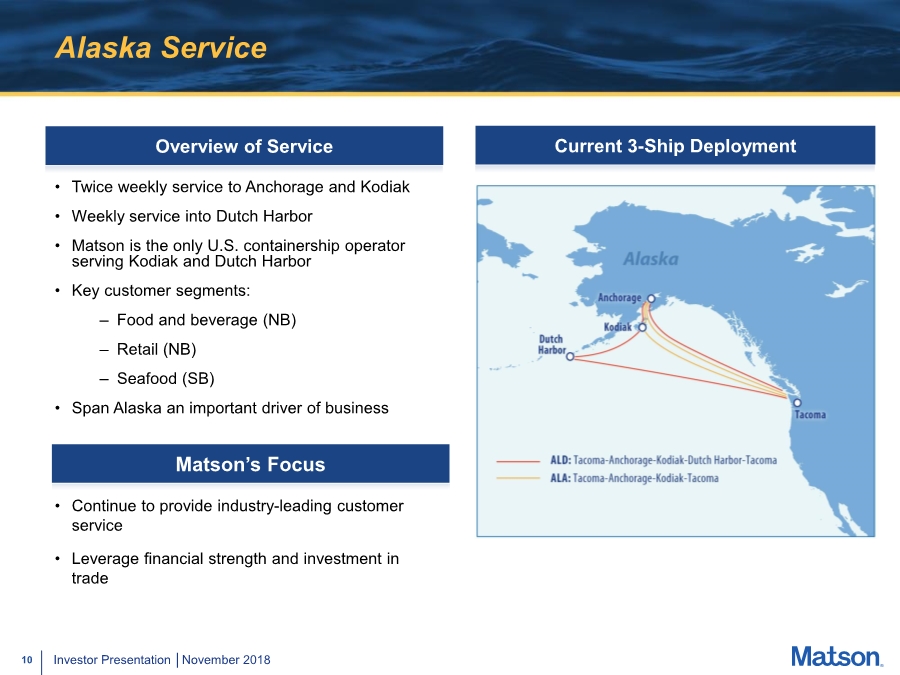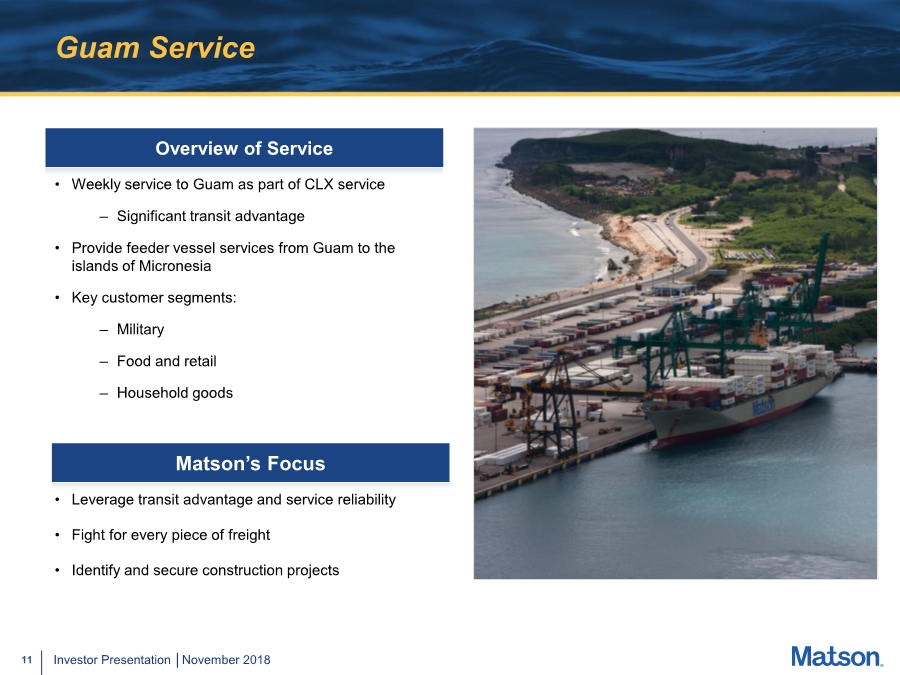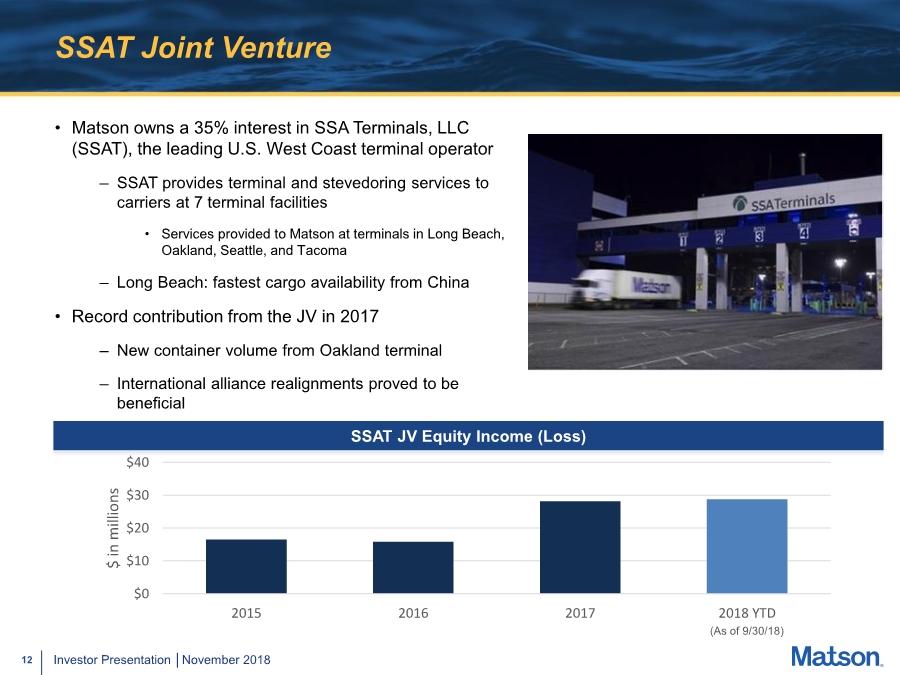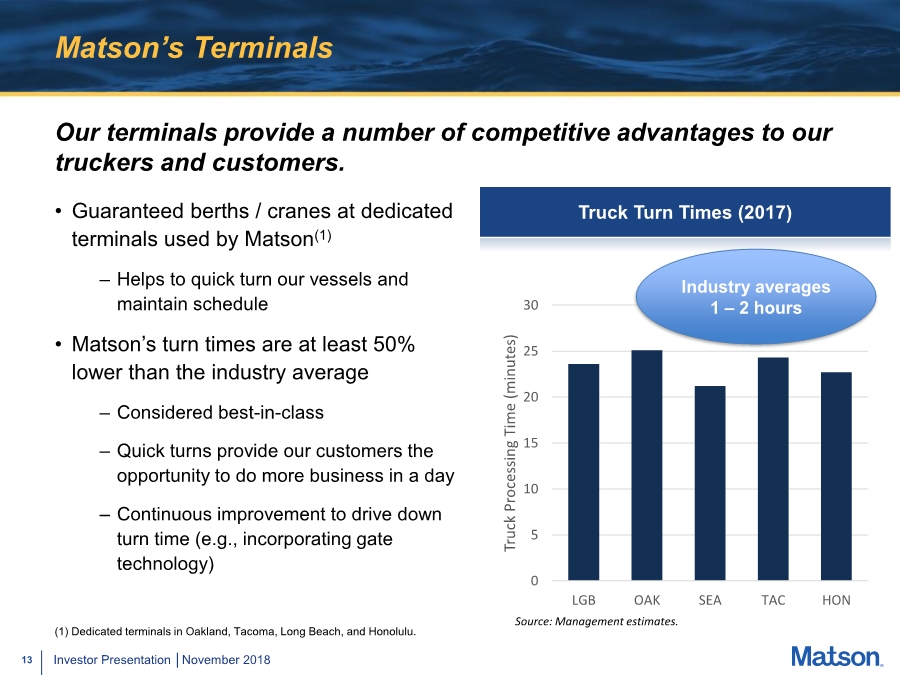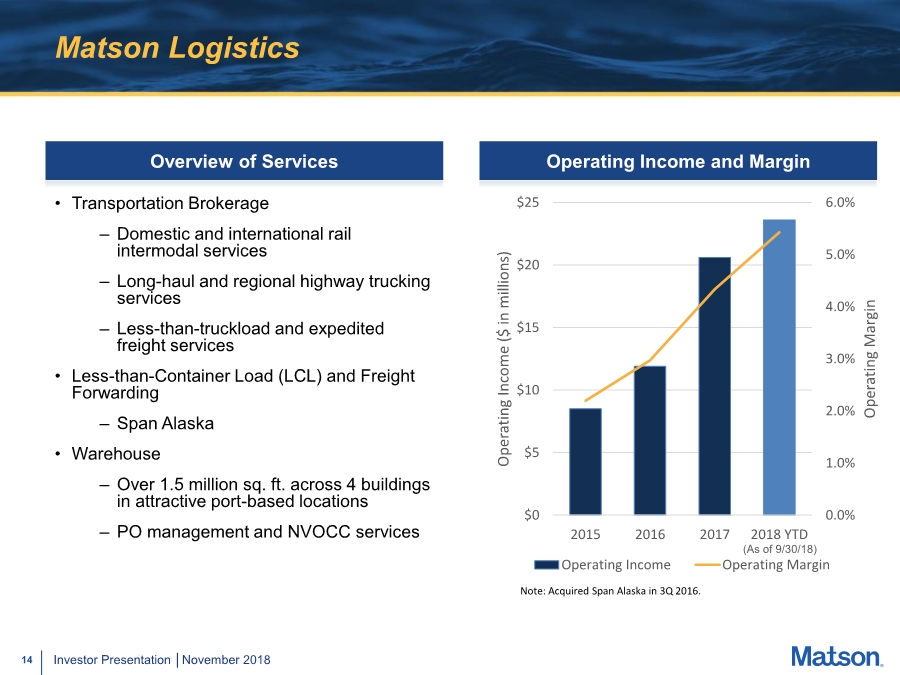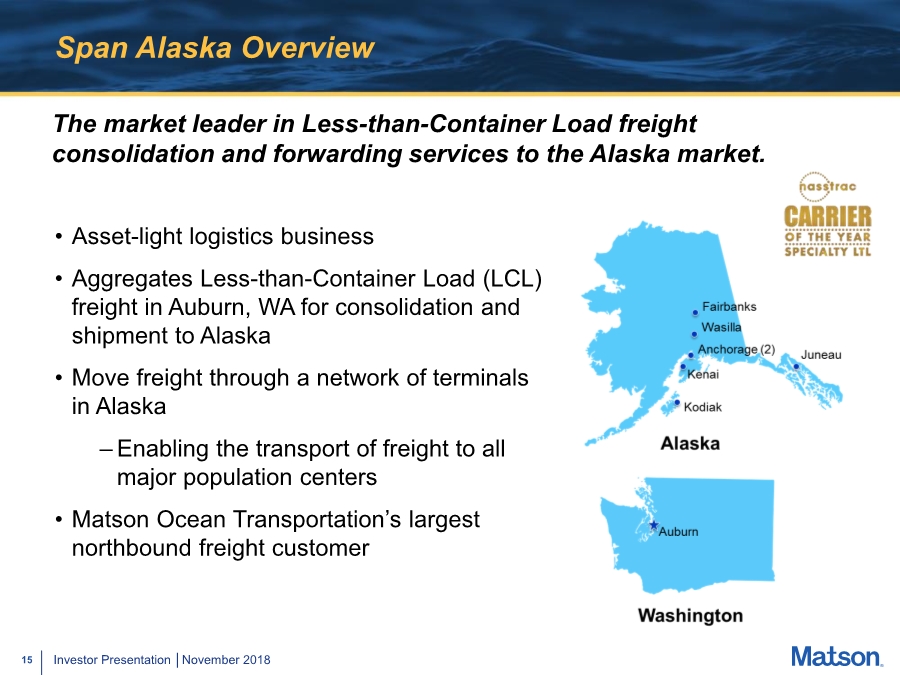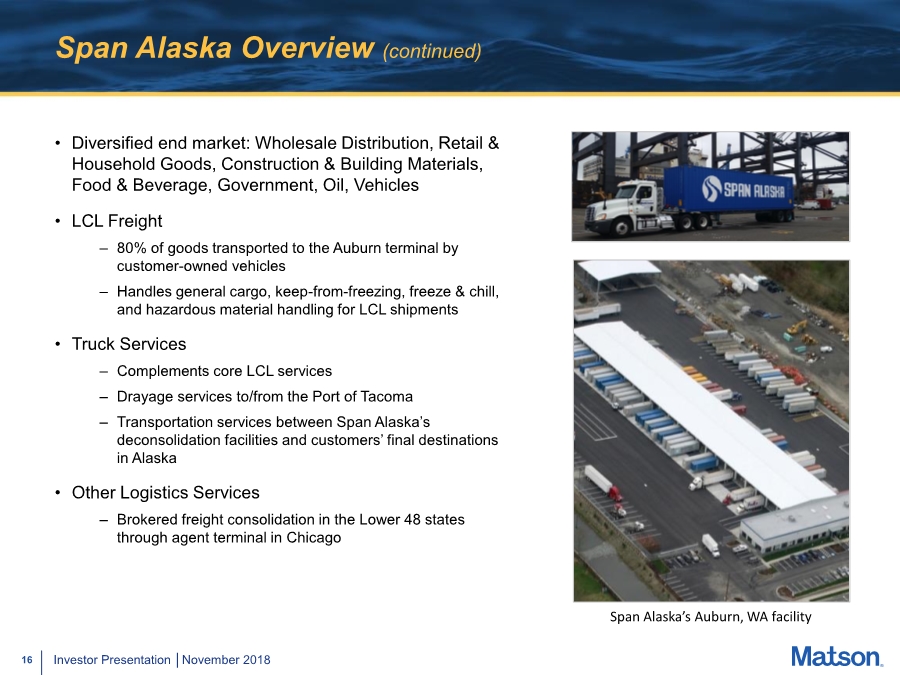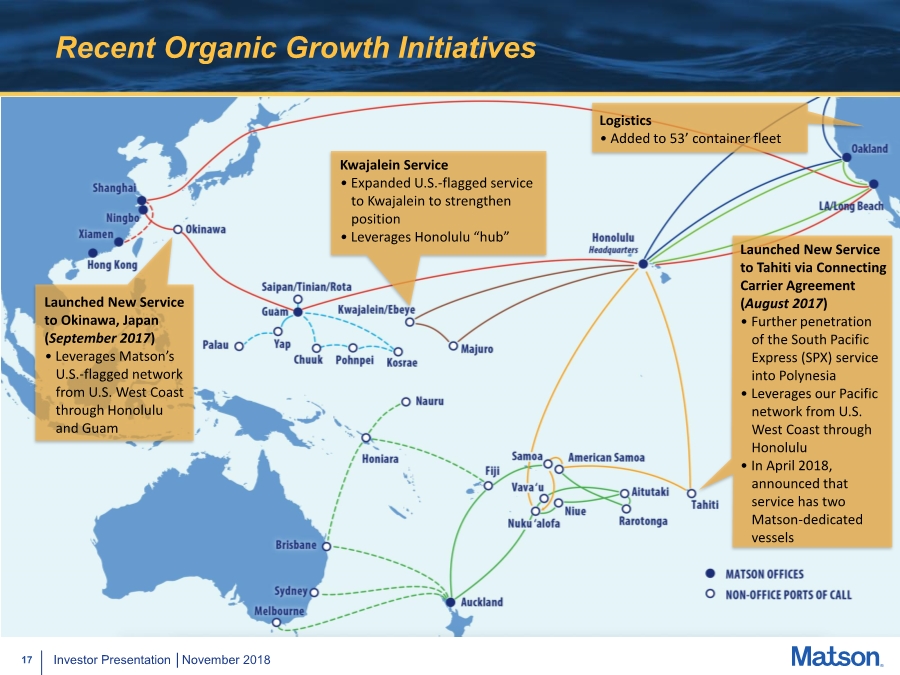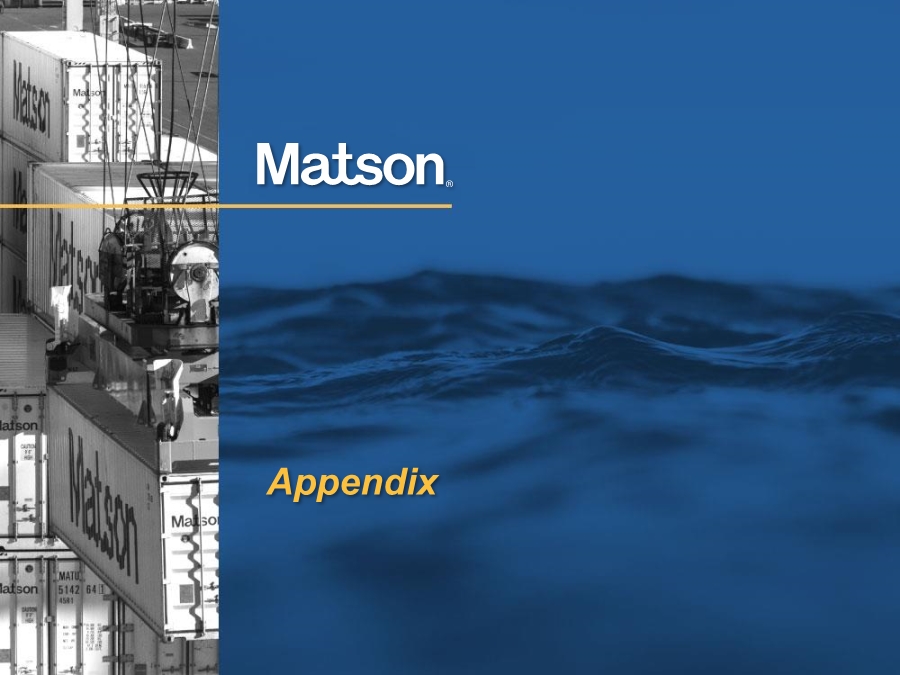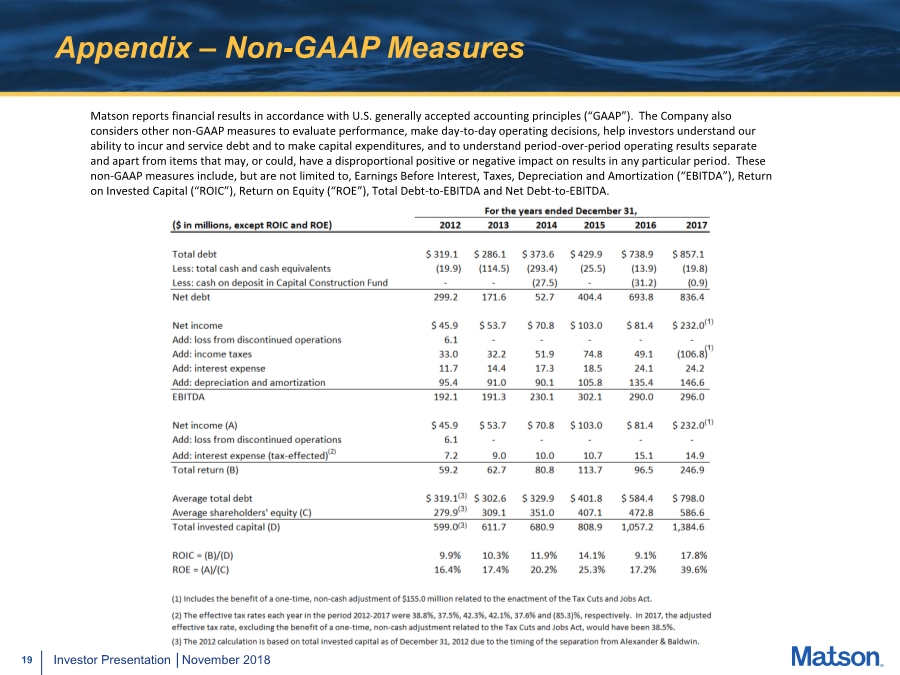Free signup for more
- Track your favorite companies
- Receive email alerts for new filings
- Personalized dashboard of news and more
- Access all data and search results
Filing tables
Filing exhibits
MATX similar filings
- 13 Feb 19 1 Investor Presentation │February 2019 Investor Presentation February 2019
- 27 Nov 18 Regulation FD Disclosure
- 8 Nov 18 1 Investor Presentation │November 2018 Investor Presentation November 2018
- 6 Nov 18 1 Investor Presentation │November 2018 Investor Presentation November 2018
- 5 Nov 18 Results of Operations and Financial Condition
- 31 Jul 18 Results of Operations and Financial Condition
- 8 May 18 Regulation FD Disclosure
Filing view
External links
